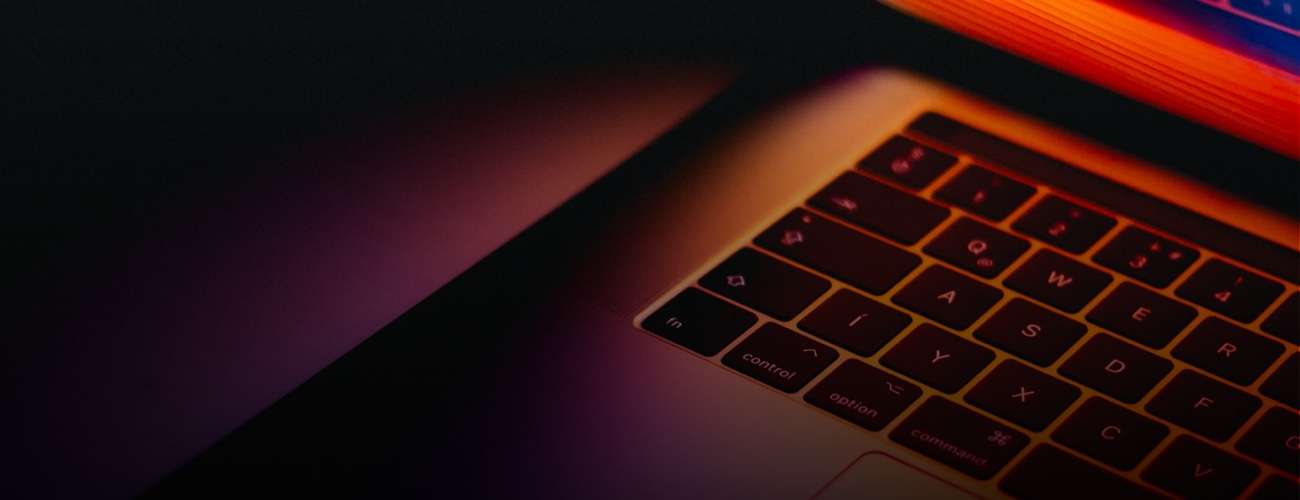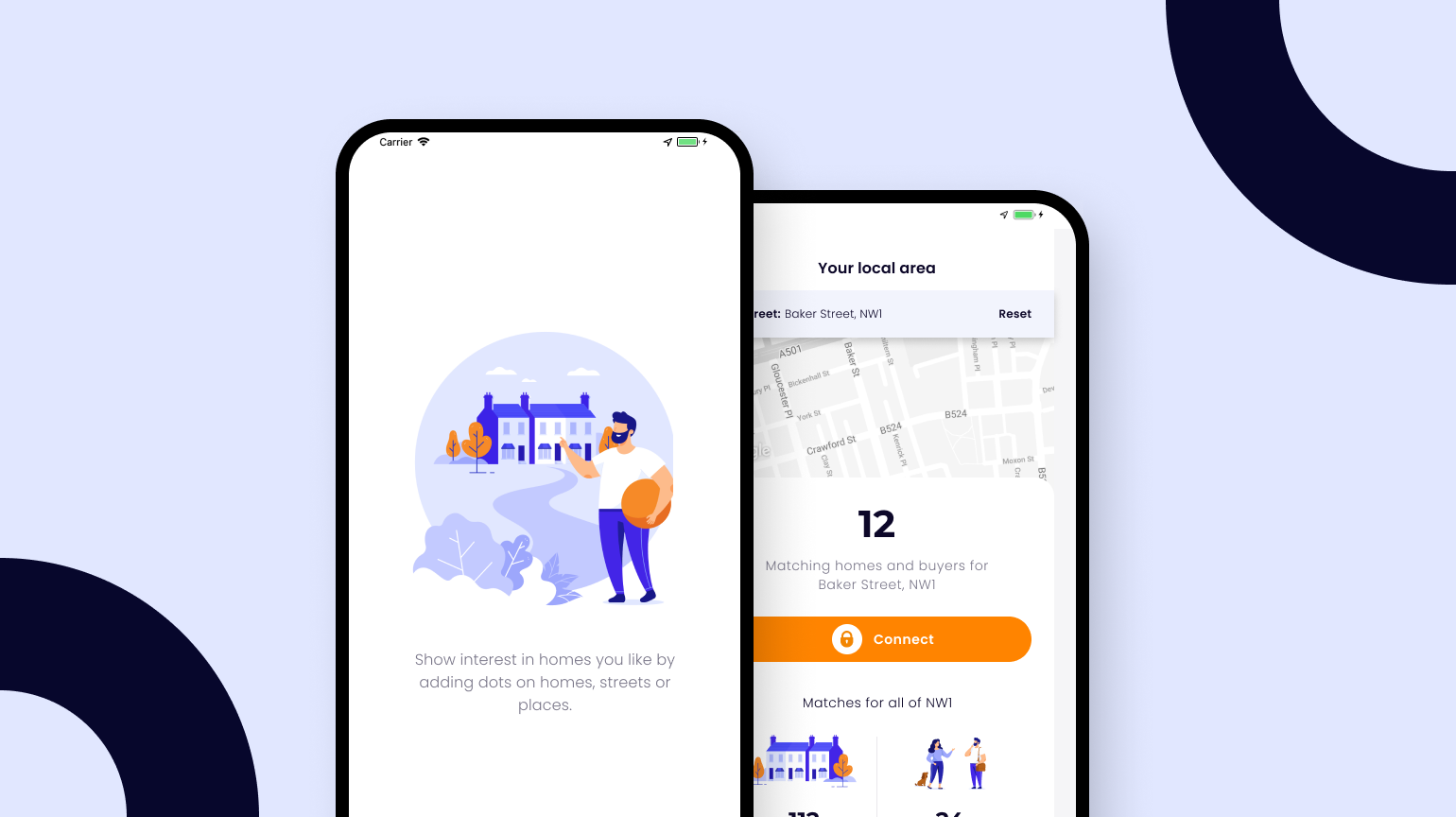UX / UI design
Aren’t UX and UI design pretty much the same thing?
Not really.
If we’re talking in terms of ISO standards they’re related, but not the same. UX and UI design have different associated standards. The main standard for UX is ISO 9241 - “Ergonomics of Human-System Interaction”. The standard for UI design is a part of ISO 9241. Part 161, to be precise: “Guidance on visual user-interface elements”.
Or maybe part 151, “Guidance on World Wide Web user interfaces”? The point is - there are different types of user interfaces. UI design covers all of them, but in recent times the term has mostly been used to refer to web/mobile app interfaces. This all happens under the much bigger blanket of User Experience design, which covers all different aspects of interacting with machines, devices and programs.
If we’re talking in terms of how the tech industry uses these terms, they’re often used interchangeably. Especially in early stage start-ups, where roles aren’t as clearly defined as in mature organizations. From this perspective, UX and UI design often mean the same thing.
The best way to differentiate between UX and UI is to look at the goals that these roles have to achieve:
- • For UX, it’s ensuring that users have a great experience with your product - from the moment they first use it, to the moment they decide to stop using it, and anytime in between.
- • For UI, it’s building an interface that’s visually appealing, pleasant to use, intuitive, and provides cues for users to get maximum value out of the system.
What can proper UX / UI design accomplish?

Awareness
UX design, along with usable and beautiful interfaces, can be a big game changer for your brand awareness. A great experience sometimes sells itself, so you might even avoid a bit of marketing costs.

Satisfaction
There’s nothing worse than buying an app in order to slowly forget about it over the next month, and only return to remove your account. Proper UX design makes people glad to use your products.

Retention
To retain users, you need to keep them happy. In this aspect, UX design becomes a continuous, iterative process that is an integral part of the product life cycle, and a crucial user retention strategy.

The effect of UX / UI design on digital products
It’s not the be-all and end-all, but it can make a difference
What does it take to do UX / UI design?
You can do UX design without being a skilled visual artist, but not UI. On the other hand, you can do UI design without knowing about user psychology, but not UX. At least in theory. In practice, whenever you meet someone with UX or UI design as their job title, they will most likely be skilled at both psychology and visual arts.
Both of these skill sets are crucially important for designers working on modern digital products. But, there are also soft skills, like creativity, boldness, cooperation and compromise. The best UX and UI designers always strive to build the greatest experience and interface for any particular project. But, in the course of their work, they need to make many trade-offs between their vision and the actual technological requirements of the product.
Should you let juniors handle UX / UI design?
There are plenty of situations where it’s absolutely fine to have juniors design the user experience and / or interface of your product:
- In low-risk, low-effort projects like run-of-the-mill websites or basic apps.
- At early, MVP or PoC stages of your project.
- When UX and UI are low-priority considerations. For example, if you’re building server management tools for admins, you usually don’t need any interface at all. Sometimes strict standards make it impossible to be creative with your UX or UI.
Apart from the above situations, you probably don’t want juniors handling your UX and UI design. In our team there are only senior designers, because we believe that proper UX and UI design is a big contribution to the success of your project.
Designing for success
There are plenty of ready-made templates and libraries for structuring the software experience and creating sleek, modern interfaces. A lot of them are free and open-source. Why would you even bother with designers?
If you don’t care about being competitive in the market, then you’re right, you can probably just rely on templates. Or maybe you’re building an internal tool that will only be used by a few people? Probably don’t need to overspend on design there, either.
So, there are situations where UX and UI don’t contribute much to the success of your project. However, if you plan to:
- Scale up,
- Keep attracting new users,
- Retain existing users,
- Compete with alternative products,
...then UX and UI design become yet another ring in which you fight for your market position. You compete with functionality, performance, brand, marketing, sales, why not compete with innovative UX and UI?
Viewed from this perspective, UX and UI design becomes an integral part of the product life cycle. It’s not enough to design once and never change things. Unless you’re YC founder Paul Graham, and you don’t care that your website looks like a relic of the ancient internet (it doesn’t even have SSL, Paul, what the heck?). But you’re probably not Paul Graham, so you can’t rely on the fact that people will go to your website or app regardless of what it looks like, and what it feels like to use it.
One of the key aspects of UX and UI is data. Obviously, when you’re starting out, you have no usage data to base your decisions on, so you rely on design principles and best practices. Over time, as you collect and store more data, you can analyze it and look for usage patterns.
These usage patterns are the best fuel to power your UX and UI design process. Your users are literally showing you what they don’t like about your software through the way that they use it.
UX / UI design at any stage of the product life cycle
Do you do UX / UI design before development, during, or after the product has acquired a big enough user base? As we mentioned before, this is something that, ideally, you do throughout the product life cycle.
However, regardless of what stage your project is at, our team can enter and take care of UX and UI design, along with any other needs you might have. We know that sometimes investing in design early on isn’t viable, and that investment might come later, when the product has proven to be viable (for example, this often happens in FinTech).
So, if at any stage of your project you need pristine UX and UI design - you can count on us to help.
Project Completed
Talents on Board
Countries We Work With
Years in Business

Cats and Dogs: The Weather App
A weather app with a twist! Based on the designs provided by the client, we developed a mobile app that is both useful and entertaining.

Homedot: Disruptive Real Estate App
Discontinued app for the British real estate market. Homedot tried to disrupt the market for home buyers and real estate sellers.
Got questions?
What industries do we have experience with?
Over the past few years, we've designed and developed custom solutions software for a diverse range of industries. These include healthcare, automotive, manufacturing, e-commerce, retail, travel, transportation, real estate, FMCG, education, fitness, lifestyle, and more. We have experience collaborating with startups, SaaS companies, and enterprise-level organizations. You can find examples of our work in our portfolio.
Can we take over a project developed by another company?
Absolutely! We're more than willing to take on such projects. However, our initial step would involve analyzing the project in order to provide you with recommendations on how to proceed. We are open to embracing such challenges, especially when it comes to implementing custom solutions.
Do we work with NDAs?
Yes, we work with NDAs. We maintain professionalism and uphold the confidentiality of our collaboration. If you need to safeguard the information you provide us for the purpose of creating a product, we are here to help. Additionally, our software development team ensures a secure and efficient process.
Where is our team located?
The majority of our development team is centered in Wrocław, while a few team members work remotely from various other cities. Poland is known for its exceptional IT talent pool, and Wrocław, as one of its prominent urban centers, stands out as a prime destination for companies looking for software development partners. Should you be interested in meeting our team, please visit our About page. You're also welcome to send us a message to gain insights into specific roles and access detailed profiles.
 More services
More services







 Angry Nerds (Poland)
Angry Nerds (Poland) Angry Nerds (USA)
Angry Nerds (USA) Angry Nerds (Canada)
Angry Nerds (Canada)



